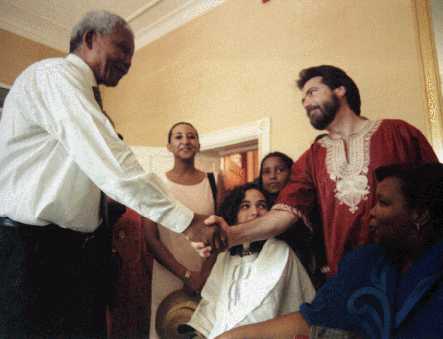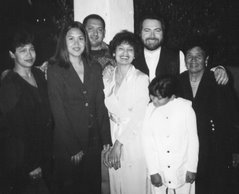 LANZERAC
LANZERACWhile one does not want to undermine the story of the French Hugenot settlers in any way it is about time that we acknowledge those other valiant farming pioneers of the winelands of the Cape. Many of the finest wine farms of the Cape were started by Free Black former slaves who had the original title deeds. The roots of their story lay in the fact that Simon van der Stel actively encouraged Free Blacks to settle and farm in early Stellebosch.
The farms Lanzerac, Old Nectar and Klein Gustrouw can be used as an example, but it equally applies to many more properties.
In 1692 Manuel of Angola, Antonie of Angola and Louis of Bengal were give 57 morgen of land next door to the land given at the same time to Lieutenant Isaq Schrijver, who called his farm Schoongezicht. On the death of the Free Blacks, even although these farmers died prosperous, this land fell into the hands of Lieutenant Schrijver and became part of Schoongezicht, which in 1914 became Lanzerac. The farm Old Nectar was originally granted to two freed slaves in 1692. One of these was Jan of Ceylon (Sri Lanka or Saloor), after which the then farm was named as ‘Lui Jan’. Klein Gustrouw was originally known as Leef-op-Hoop and the 29 morgen of land was granted to freed slave Loius of Bengal in 1683. On his death in 1696 the farm was sold to another freed slave Antonie of Angola. In 1900 the farm was sub-divided.
In the 1680s more than half of the few pioneers of the Stellenbosch district were freed slave farmers. By 1827 Stellenbosch had a total population of 16,325 of which 8,445 were slaves. This made it one of the highest slave owning districts. The heritage of all of the former prosperous pioneering Free Black farmers was wiped out, except for that which although hotly denied, remained in the bloodlines of the white families through sexual relations with slaves and assimilation of offspring.




No comments:
Post a Comment